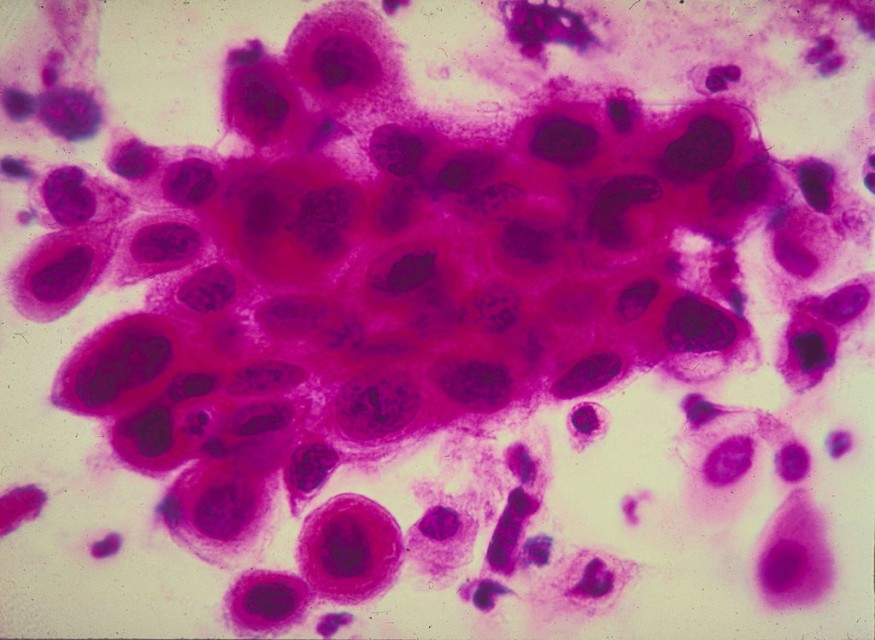Cervical cancer affects women worldwide. This is why understanding the "silent killer" and what we can do to boost our odds of overcoming it is essential.
More than 14,000 people per year are diagnosed with cervical cancer in the United States. Yet, cervical cancer remains one of today's most preventable female cancers. What better way to get the message out about women's wellbeing and substantial screenings that might save lives, considering that January is the month of cervical cancer awareness?

HPV the number 1 source of cervical cancer
It's important to know the triggers and find a solution for this disease. Many cervical cancers are triggered by the human papillomavirus (HPV), a common virus transmitted by sexual intercourse from one individual to another. HPV will infect both men and women. It can be there for years without having any effects and can be passed on to someone without them learning about it.
More than 20 million people are now infected with HPV globally and about 6.2 million will contract the virus next year, the Centers for Disease Control says. HPV, too, has been correlated with other cancers.
Many cases of cervical cancer are preventable
Since cervical cancer is commonly triggered by HPV, avoiding HPV infection is the best way to prevent cervical cancer. An extremely efficient HPV vaccine has been used since 2006. The HPV vaccine helps your immune system develop an antibody response that defends the body from infection, much like other vaccines. This vaccine is offered to all males and females aged 9 to 26 in two or three doses in six months.
The easiest way to diagnose suspicious alterations to the cervix before they grow into cancer is regular Pap examination. Treating these irregular cells, equivalent to extracting polyps to avoid colon cancer, will help prevent cervical cancer from developing. More than half of women in the United States who have cervical cancer have never had a Pap test or have occasionally had one. While it is at its most curable level, the Pap test will often detect cervical cancer early.
Some HPV strains cause cancer
HPV is serious but not necessarily an indication of cancer. HPV is a community of more than 150 viruses that are related. Most men and women who have never had sex can get HPV for any stage in their life. As described above, some strains may cause cervical cancer and render it the leading cause of the disease. Most HPV infections go away without care and are not connected with cancer.
Risk of cervical cancer is caused by smoking and other factors
Women who smoke are around twice as likely to get cervical cancer as non-smokers. Smoking weakens your immune system, making it tougher for your body to fight on its own against HPV infections.
Long-term usage of oral contraception and being overweight have both been found to raise the likelihood of cervical cancer.
Women who have had cervical cancer with a sibling or mother are two to three times more likely to inherit the disorder. If you have a family history of cervical cancer, speak to your specialist.
Warning signals are there, but not early warning signs
In its early stages, cervical cancer frequently displays no symptoms, which is why it is often referred to as a "silent killer." However, as the disease advances, warning signs grow and manifest themselves. Examples involve abdominal discomfort, irregular bleeding, painful urination, abnormal discharge, abnormal menstrual periods, intercourse pain or bleeding, anemia, incontinence in semen, and pain throughout the back. Ask the doctor right away if you have either of these signs.
Check out more news and information about Cancer on Science Times.
© 2026 ScienceTimes.com All rights reserved. Do not reproduce without permission. The window to the world of Science Times.











